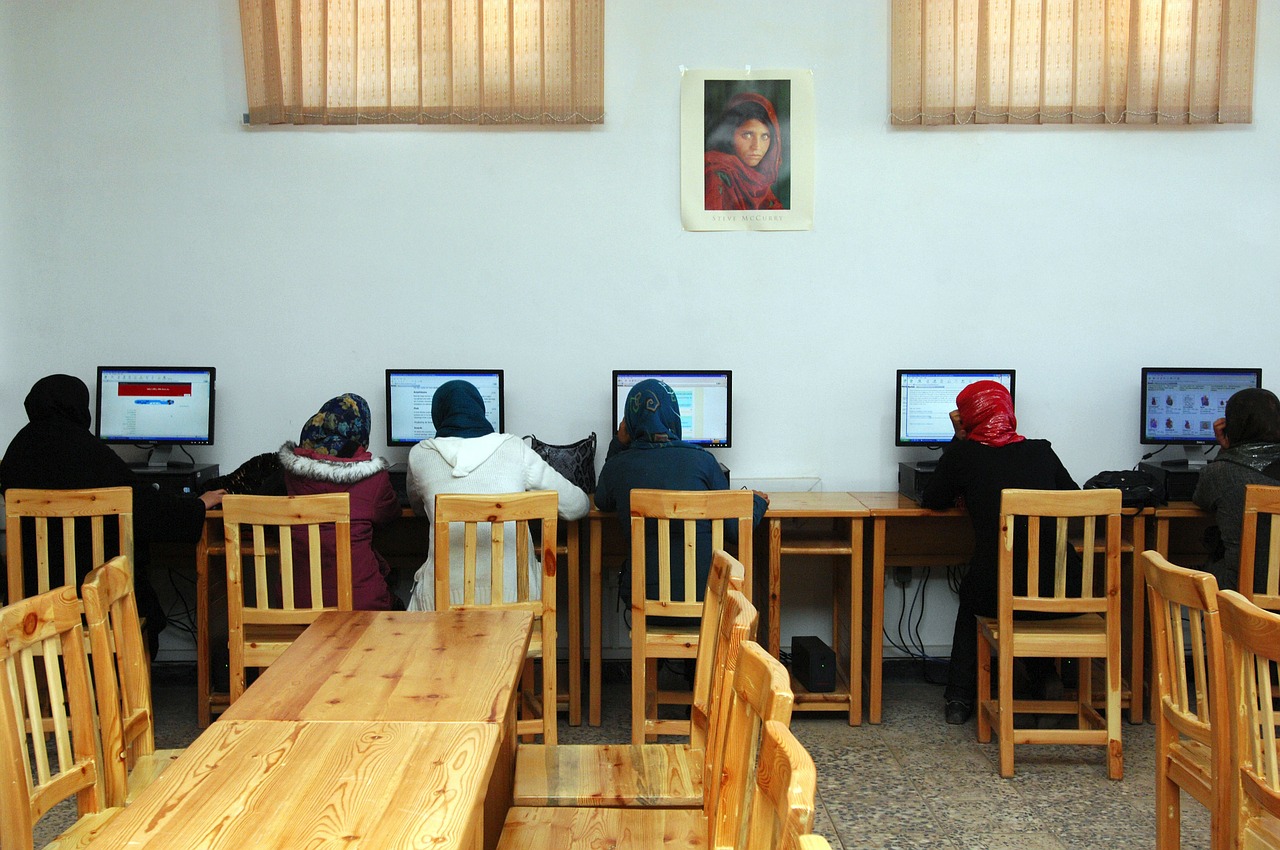Tech Adjustments Can Help Schools Deal with Staff Shortages

With a shortage of teachers, bus drivers, and IT personnel, districts rely on educational technology to get them with the school year.
As schools face a record amount of staff shortages, “help sought” signs are appearing in K–12 school windows across the country. For example, 3,600 education jobs remain empty in Illinois, teacher retirements in Oklahoma are up 38 percent year over year, and teacher openings in Florida are up 67 % in August 2021 compared to the same time last year. Other jurisdictions, too, are having issues hiring teachers and replacements.
Teachers aren’t the only professionals in short supply in school systems. Bus driver shortages, as well as understaffed IT departments, make it tough to keep operations going.
While there are no technological solutions that will miraculously fix such labor shortages, ed tech goods & services can help to alleviate the burden. They could be exactly what districts have to get through the rest of the year, and many are already funded.
In most cases, schools can spend their ESSER and ECF resources on technology to alleviate burnout caused by staff shortages, but these government relief funds are limited. School leaders must recognize the budget parameters so that districts may direct their resources toward the most pressing needs. It’s also critical to understand the conditions for spending that money. This will allow governments to allocate funds to diverse solutions for understaffed education, transportation, and technology departments.
Reap The benefits of Online Teaching and Learning Options
A hybrid or remote learning strategy is one technology solution that school systems should examine. This would allow students to alternate between online and in-person training regularly.
Schools that are experiencing difficulty hiring supply teachers to teach and monitor children when teachers are absent would benefit from remote learning. When teachers are quarantined due to COVID-19 exposure, their children must be relocated to alternate classrooms for the duration of their teacher’s absence.
Students and parents can learn from home instead of moving to the new, possibly overcrowded, school if a distant learning plan is in place. Although some high school students could be able to do their studies on their own time, this asynchronous approach is unlikely to benefit younger pupils.
When schools assign a distinct teacher to online pupils, asynchronous distant and hybrid education is most effective. However, due to staff shortages, many instructors teach both online and in-person students concurrently, making it difficult for the instructor to focus on both sets of students. Classroom management software and learning management systems, such as GoGuardian and Pear Deck, enable teachers to divide their attention more effectively. These technology devices cannot substitute instructor-led learning, but they can assist teachers who are having difficulty managing duties in multiple learning contexts.
Find Ways to Connect on Longer Commutes
A remote learning strategy may also relieve the burden on bus drivers. Students will not need to take the bus to school if they have the choice to learn at home.
Due to the present driver shortage, motorists are being given lengthier morning and afternoon routes — and in some cases, must drive more routes — to bring everybody to and from school. Because all personnel of the department of transportation must be licensed to drive buses in some districts, executive directors are being used as interim drivers.
Because longer routes require kids to invest additional time on public transport, regions have been seeking to add Area networks to their fleets so that students may accomplish assignments, study for examinations, or entertain themselves more readily during the long commute. Wi-Fi–enabled buses stationed in strategic areas can provide a connection for distant learners in regions that sorely need it.
Services that assist understaffed IT teams
If a district does not already have a distant education strategy in place or Wi-Fi on public transport, installing these alternatives may be a difficult task, especially in schools with limited workers for IT sections.
With all the devices coming out and new technological projects that have occurred in the last year, recruitment in the IT department may have struggled to stay up. As IT managers deal with more equipment and applications than ever before, Internet of Things connection is set to increase in their premises.
IT managers must have an insight into what is happening in their system to adequately safeguard it. With kids returning to the classrooms, each with a personal phone and maybe a wearable tech attempting to access the network, bad agents have many more touchpoints through which to attack. IT departments must ensure that all of their personnel are informed of cybersecurity dangers.
They must also ensure that their network capacity can sustain all of the new devices.
Hosted services from technology providers can help districts check their networks for intrusions and supplement their IT staff. Managed services can assist these inadequate IT departments in dealing with all of the new issues and requests that come their way.
Although none of these technological solutions will forever fix the district’s understaffing problem, they can assist ease some of the stress in sectors that are overburdened. And for the time being, government money is available to institutions to support these technological life rafts.






